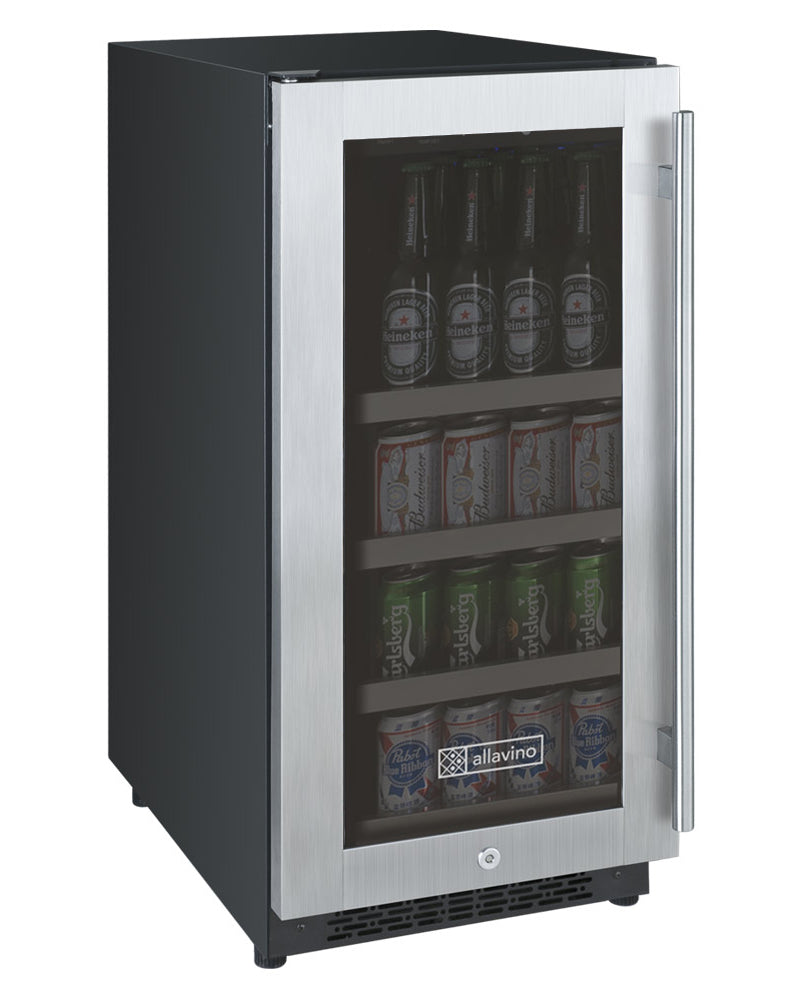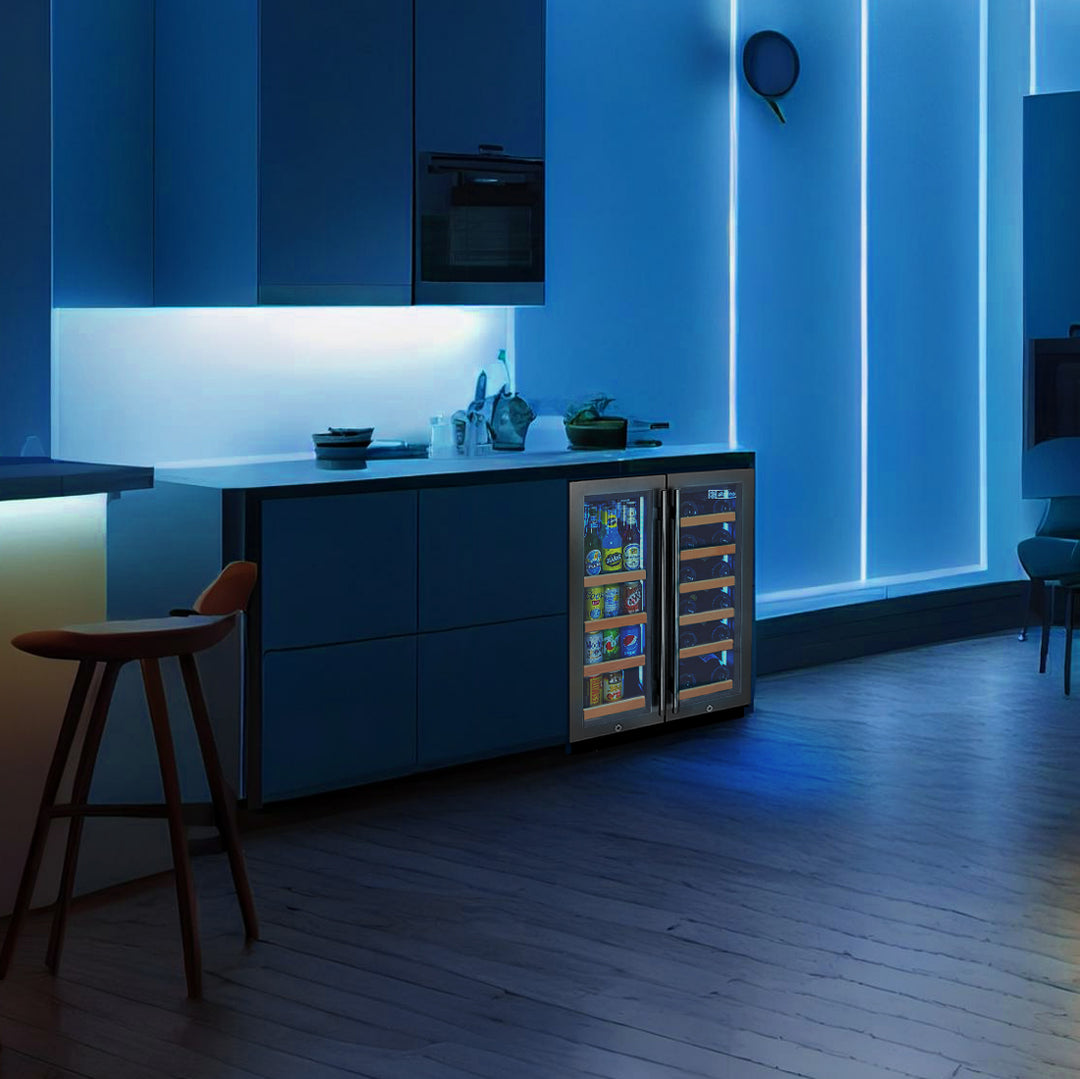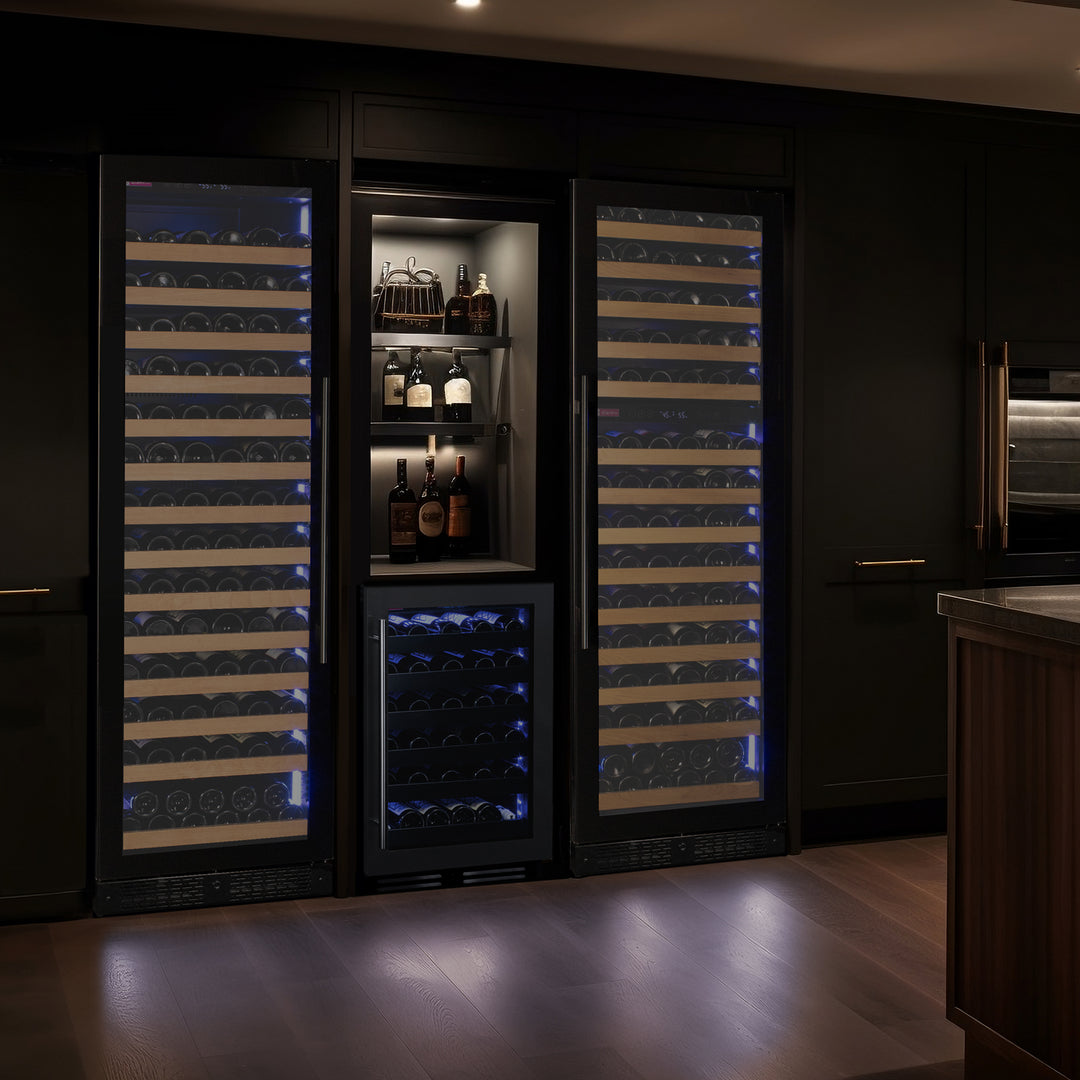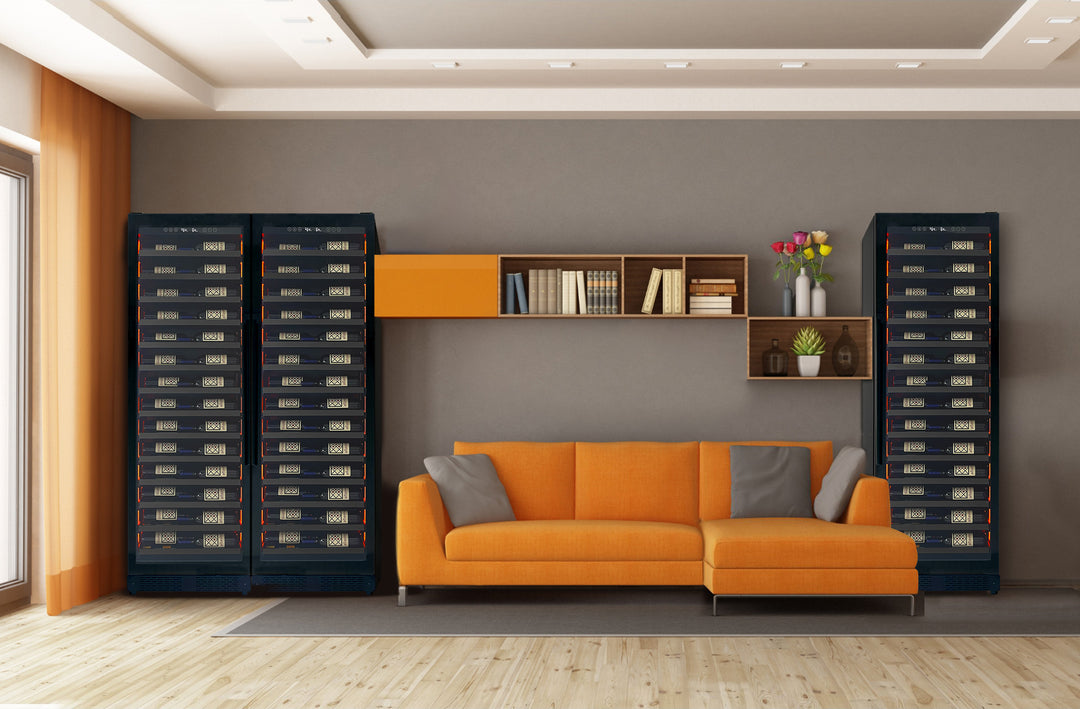How to Choose a Wine Glass

Wine Glass Material
The most common material used for wine glasses is glass due to its versatility and durability. The glassblowing process makes glass stronger than crystal, which is also used to make wine glasses. The sturdier construction of glass stemware allows for even dishwasher-safe options. However, when glass is shaped by an artisan it can be shaped to be very thin and delicate as crystal glassware.
Crystal wine glassware is less common but it is known for its beautiful sparkling brilliance. Crystal contains lead oxide that gives the glass clarity and sparkle but also makes the glass more resilient and stronger material. The lead oxide allows the crystal to be shaped into a thinner and more delicate design. Crystal is texture microscopically coarser, which enhances the intensity of the aroma when the glass is swirled.

The Shaping Method
The glassware shaping method can greatly affect various characteristics of your wine glass, like its thickness, weight, and shape. On the market, you will find machine-blown or hand-blown glassware. Both have their advantages and disadvantages for the construction of a wine glass.
Hand-blown glass is the most premium stemware you can get because it is hand shaped by artisans. These artisans can typically get the glass to be thinner and more elegant than a machine. This technique yields a more elegant, delicate, and lightweight piece of stemware with more balance and smoother edges. The details on hand-blown glassware is more elegant and refined because it is hand-crafted. These glasses are typically more expensive than machine-produced glasses.
Machine-blown glassware is mass produced and a more affordable option than hand-blown glass. These glasses tend to not be as delicate and don’t have the elegant details that a hand crafted wine glass has. When a machine creates glassware, molten glass is shaped by compressed air, which doesn’t have the precision of the hand-blown method but allows for consistency among all the glasses produced.
Many glasses today are a hybrid of the techniques, the bowl of the glass being hand-blown and the stem and base being machine-blown. This ensures a beautifully crafted bowl with a thin lip that enhances the taste and aromas of the wine, while the machine-blown stem and base, ensures consistency and quality.

Glass Thickness
Thicker wine glasses have a more durable and sturdier construction, allowing these glasses to be placed in a dishwasher. These glasses aren’t as delicate and elegant, often with rolled rims, which prevents the wine from smoothly flowing onto the palate. This will enhance the acidity and harshness of the wine, making the wine less enjoyable.
The thinner the glassware the better because these glasses will maintain the serving temperature of the wine. These thinner glasses have a cut rim, which allows the wine to flow smoothly onto the tongue, bringing out the subtle flavors and reducing the acidic notes.

Bowl Size and Shape
Large and wider bowls are often used to serve red wines because they help carry the subtle aromas to the nose due to the increased surface area, encouraging alcohol evaporation. The wide bowl also allows for swirling of the wine, which also enhances the aromas and flavors by disrupting the volatiles and tannins.
Lighter wines, like white or rose wines, are enjoyed with less oxidation and therefore require a glass with a smaller bowl shape. A narrow bowl shape preserves the temperature of the wine and the delicate notes in the wine. For any carbonated or bubbly wine, like champagne, the very narrow bowl prevents the carbonation from being lost quickly.

Stemless or Stemmed
The traditional wine glass has a long stem connected to a base, which allows the user to pick up the glass without coming in contact with the wine and heating it up. As warm gets warmer and farther aways from its ideal serving temperature, the flavors will drastically change and the subtle notes may get lost. Stemmed wine glasses can be stored upside down on a wine glass rack to prevent dust from collecting the bowls. The downside of stemmed glassware is that if knocked over, they are likely to break.
Stemless glassware has become more popular these days, as they are not as delicate as stemmed wine glasses. These are less likely to break when knocked over but because you have to hold the glass by the bowl, you are likely to heat up the wine as you’re drinking it. These glasses are also very versatile and can be used for a variety of other beverages.

Rim Shape and Design
The rim of your glass greatly affects how the wine flows onto your palate and affects the flavors of your wine. Rolled rimmed glasses are thick and often disrupt the smooth flow of the wine onto the palate and enhances the acidity of the wine. Cut rims are thin and fine, allowing the wine to easily and smoothly flow onto the tongue, enhancing the subtle and most appealing notes of the wine.
Tapered rims suspend the aromas at the top of the glass, allowing you to fully take in the nose of your wine and prevents the aroma from escaping as you swirl the wine around. The tapered edge also prevents the wine from spilling out during swirling and enjoying the wine.
A flare rimmed glass, traps the aroma and guides it to the front of the palate, which enhances rich fruit flavors while dampening the acidity.

Types of Wine Glasses
There are a wide variety of glasses to enhance and suit every style of wine. These different shapes and details are specifically designed to enhance the aromas and carry the flavors of specific wines to your palate. This is a whole other vast topic that we’ll need to go into detail in a different article. A general rule for choosing wine glasses is reds are best served in wide bowls, while lighter wines are best served in glasses with narrow bowls.






Leave a comment